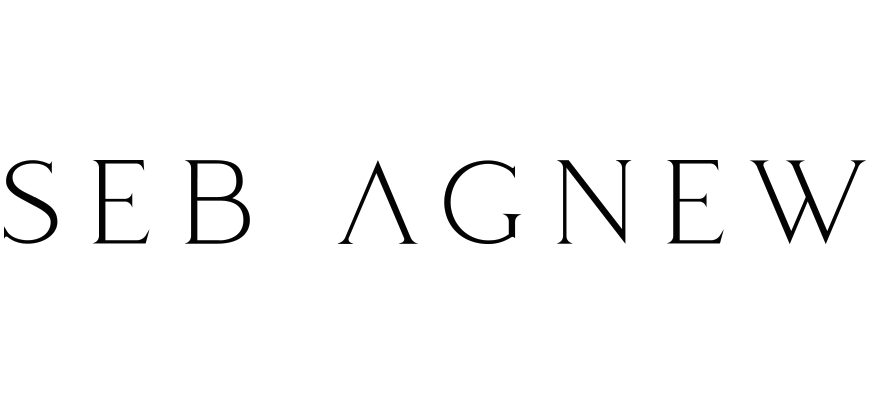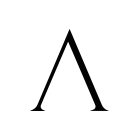
29 Sep Behind the Scenes of “Yellow Cube”
Crafting a Diner
“Yellow Cube” strives at creating the atmosphere of solitude and tension in a normally lively place. After considering different scenarios for what the protagonist might do in the set, I finally decided to just have my model sit on a diner bench, next to the wall which is slowly but surely breaking due to the high amount of water coming from “Magenta Cube” next door.
The set itself is certainly an homage to the beautiful diner from David Lynch’s series “Twin Peaks”. The combination of mystery and a hunch of warmth created by the use of wooden furniture and wall paneling was the starting point for this room.
Similar to the workflow of “Cyan Cube”, I first designed the individual parts of the furniture in Adobe Illustrator, then sent them to a laser cutter to get as accurate cuts as possible. Since some of the parts were designed to be assembled in a specific order, these elements were engraved with chronological numbers.
After gluing all parts together, they could be painted with yellow and black acrylics, using a brush to add to the organic feeling of the wooden furniture and panels. The sitting area of the diner bench is made of foam rubber. This material felt like a good alternative to traditional fabric – which often exposes miniature furniture.





Finalizing the Set
Once all set elements were assembled and painted, the layout of the set was tested and the final composition and camera position was chosen. Next, the floor with its (printed) tiles was added as well as the two walls and the door of the room. Like in the other sets, a mix of water and glycerine was used to add tiny water droplets on the floor, furniture and walls. The look of the dirty glass window of the entrance door was achieved by simply messing around with a bit of superglue.
Last but not least, the ceiling light was created by using a high-power LED and connecting it to a 9V-battery. Now, the set could be lit with more (invisible) light sources, adding to the overall atmosphere of the scene. The images below show how my “stand-in model” helped to judge lighting, shadows and perspective for matching it with my real model.






